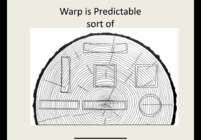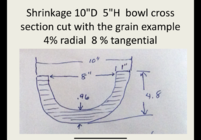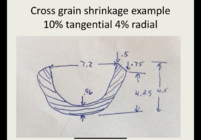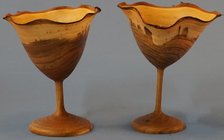- Joined
- Jul 18, 2018
- Messages
- 1,273
- Likes
- 2,669
- Location
- Baltimore, MD
- Website
- loujacobswoodturning.com
I occasionally have folks in my shop who are interested in the effect of drying on the rough-turned bowl, and who struggle to understand (as I struggle to explain) different grain features of different parts of the tree. I’ve been looking through my modest woodworking and turning library for good illustrations of the various options for where a bowl blank could be located in the log, and effects of same on shrinkage, as well as inherent figure in different parts of the tree, crotches, reaction wood, etc. I’ve got Hoadley as well as Raffan’s books, but the best I’m finding is in O’Donnell’s Turning Green Wood. It’s OK but not quite as clear for the layman as I’d like to have at hand to just be able to pull out for display. If I were a better sketcher, I’d do it myself. I wonder if anyone has a great, clear reference they’d recommend? Maybe you’ve created such a resource yourself?




